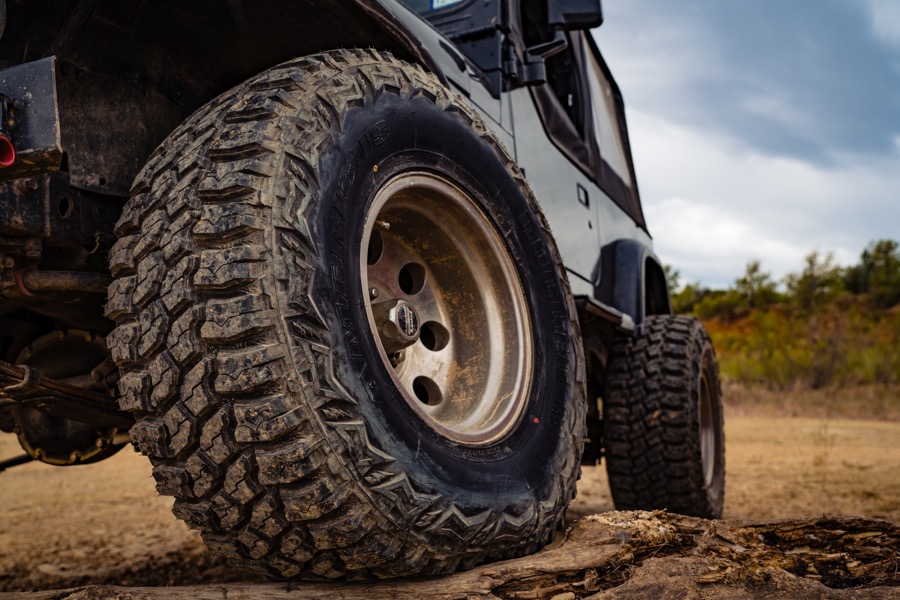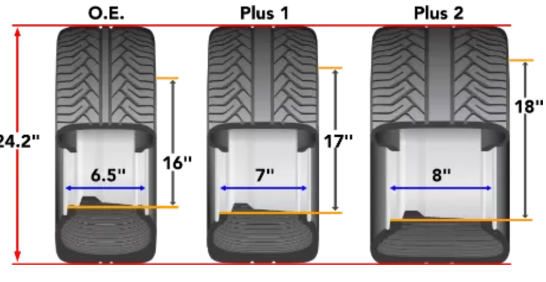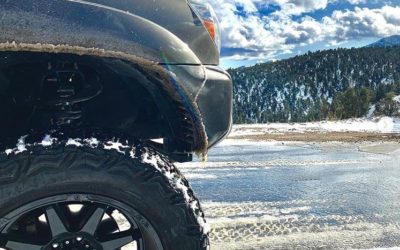Aesthetically appealing with improved handling and stability!
Plus sizing, in the simplest terms, is when the size of the tire and/or wheel is increased from the original size put on the vehicle by the manufacturer. Plus sizing tires can dramatically change the look and stance of your vehicle and if done correctly no change to the Engine Control Module (ECM) would be required.
Plus sizing for tires and wheels has been popular for more than 40 years when a plus one and plus two fitment was all that was available. Today, plus sizing fundamentals still focus on maintaining the same overall diameter (OD) whenever changing from the original equipment (OE) tire and wheel size to a Plus 1, Plus 2 or Plus 3. A like OD ensures the wheel well, ground clearance, driveline, gearing and speedometer/tachometer readings will not be compromised.
Example above; a 16×6.5 wheel and 205/55R-16 tire. A typical Plus 1 (1″) size would be a 17×7 wheel and a 225/45R-17 and , a Plus 2 (2″) would be 18×8 and 235/40R-18.
BUT just because it fits does not mean it is a suitable fitment!
It is critical that the plus size tire has the same or greater load index (LI) and speed rating (SR). Inadequate LI may be a root cause for premature tire failures while inadequate SR may lead to reduced handling characteristics such as cornering and braking distance.
“I cannot count the number of communications I have had fielded throughout the years regarding tire failures and/or vehicle accidents and during the investigation found the tire was an incorrect fitment where LI and/or SR were the leading contributor in the claim.” – Brick Oltmann, Manager, QA/QC American Omni.
Plus sizing (with increased OD) in Light Truck, Jeep and SUV applications.
Large changes in overall tire diameter are primarily isolated to the ½ and ¾ ton truck and SUV segment. A larger plus size will alter the accuracy of the speedometer and the tachometer as well as the effectiveness of anti-lock braking system (ABS), traction control and vehicle stability system along with transmission shift points and added wear on OE suspension parts.
Check out Americus’ lineup of light truck and SUV tires to accurately plus size your next vehicle.
Newer vehicles with advanced ECM can be reprogrammed to accept a larger diameter tire to ensure the afore mentioned systems function accordingly.
All other vehicles with older ECM’s are not easily adaptable.
Both new and old vehicles still fall susceptible to suspension failures as the heavier tire and wheel assembly of the LT and floatation product will shorten the steering and suspension component life, likely also voiding the warranty.
Remember, vehicle aesthetics are not the only priority when plus sizing tires!
Cold Weather Tire Tips
With the first official day of Fall behind us, much of the U.S. is seeing cooler temperatures. What does that mean for your tires and why does the low tire pressure symbol always come on during this time of year?
Top Issues Drivers have with their Tires
Cracked and Bulging tires usually comes from hitting something. Under-inflation and over-inflation put tires at a greater risk of damage from impacts. Large cracks in the sidewall that runs along the rim are either impact-related or caused by chronic under-inflation....
How Do You Find The Correct PSI Needs For Your Car?
Finding the right amount of PSI (PSI definition: PSI is a unit of pressure expressed in pounds of force per square inch of area. It stands for Pounds per Square Inch) for your tires can sometimes be tricky. You want to make sure this is as accurate as possible. Never Inflate your tire.





